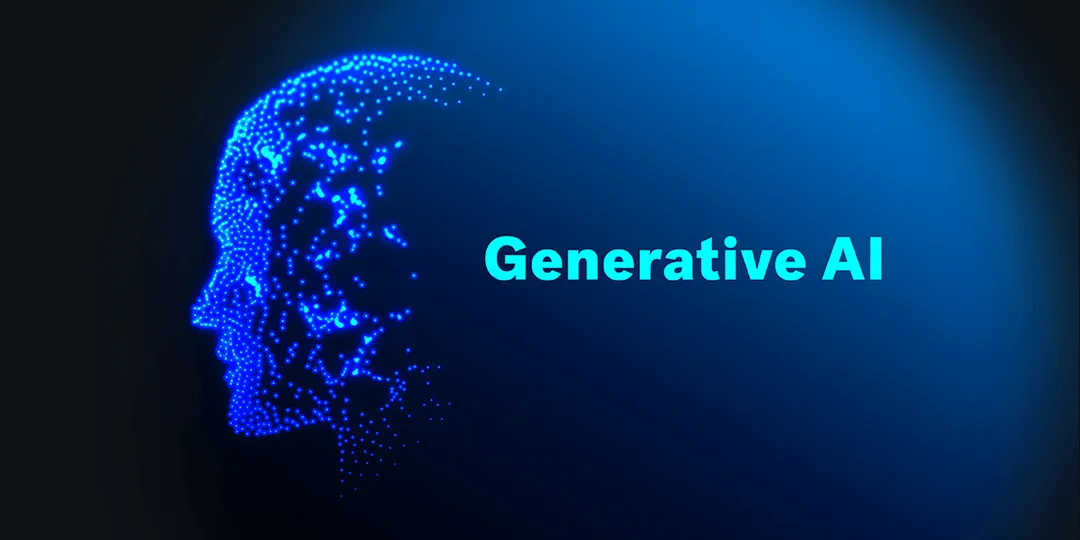Brief Introduction to Generative AI
 Aanchal
Aanchal
Generative AI, a subset of artificial intelligence, has emerged as a revolutionary technology, captivating imaginations and transforming industries. Unlike traditional AI, which primarily focuses on analyzing and interpreting data, generative AI takes it a step further by creating new content. This groundbreaking capability has opened up a world of possibilities, from generating realistic images and videos to composing music and writing creative text.
What is Generative AI?
Generative AI employs advanced algorithms and machine learning techniques to produce original content. It learns from vast amounts of data, identifying patterns and relationships, and then uses this knowledge to generate new, unique outputs. This process involves training models on extensive datasets, allowing them to understand the underlying structure and nuances of the data. Once trained, these models can generate diverse content, such as:
Images: Creating photorealistic images, artistic illustrations, and even entirely new visual concepts.
Text: Writing articles, poems, scripts, and code.
Audio: Composing music, generating speech, and creating sound effects.
Video: Producing realistic videos, animations, and virtual environments.
How is Generative AI Different from Traditional AI?
While both generative AI and traditional AI rely on machine learning, their primary functions differ significantly:
| Feature | Traditional AI | Generative AI |
| Primary Function | Analysis and interpretation of data | Creation of new content |
| Output | Insights, predictions, decisions | Original content (images, text, audio, video) |
| Examples | Recommendation systems, fraud detection, medical diagnosis | Image generation, text generation, music composition |
Key Techniques in Generative AI
Several techniques power generative AI, each with its unique approach to content creation:
Generative Adversarial Networks (GANs): GANs consist of two neural networks, a generator, and a discriminator, that compete against each other. The generator creates new content, while the discriminator evaluates its authenticity. Through this adversarial process, the generator learns to produce increasingly realistic outputs.
Variational Autoencoders (VAEs): VAEs encode complex data into a simpler latent space and then decode it to generate new content. By manipulating the latent space, diverse variations of the original data can be created.
Transformer Models: Transformer models, popularized by models like GPT-3, process input data sequentially and capture long-range dependencies. This enables them to generate coherent and contextually relevant text.
Applications of Generative AI
Generative AI has the potential to revolutionize numerous industries. Some of its key applications include:
Creative Arts: Assisting artists and designers in generating creative ideas, producing artwork, and composing music.
Content Creation: Automating content generation for blogs, articles, and social media posts.
Game Development: Creating realistic environments, characters, and storylines.
Healthcare: Developing new drugs, analyzing medical images, and personalizing treatment plans.
Education: Creating personalized learning experiences and generating educational content.
Marketing: Designing marketing campaigns, generating ad copy, and creating personalized product recommendations.
Ethical Considerations
While generative AI offers immense potential, it also raises ethical concerns. Issues such as the potential for misuse, the impact on creativity, and the copyright implications of AI-generated content need to be carefully considered. As generative AI continues to evolve, it is crucial to establish ethical guidelines and regulations to ensure its responsible development and use.
Conclusion
Generative AI is reshaping the landscape of technology and creativity. By enabling machines to generate original content, it opens up new frontiers of innovation. As this technology advances, we can expect to see even more groundbreaking applications that will transform the way we live, work, and interact with the world.
Subscribe to my newsletter
Read articles from Aanchal directly inside your inbox. Subscribe to the newsletter, and don't miss out.
Written by
